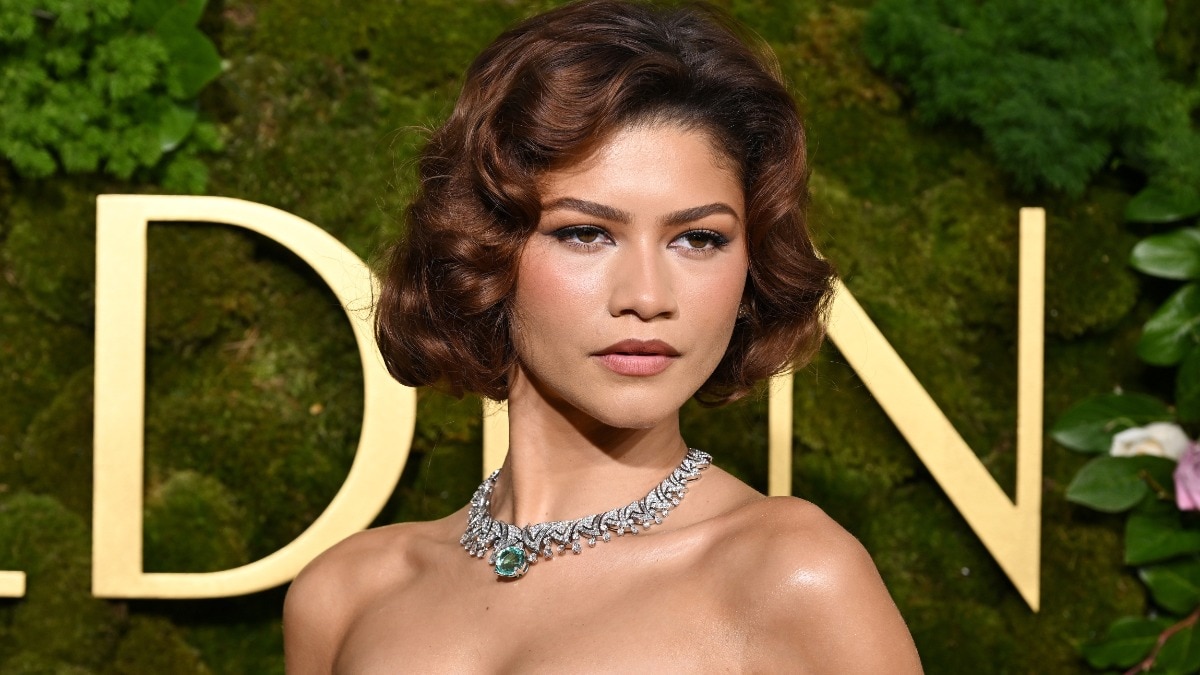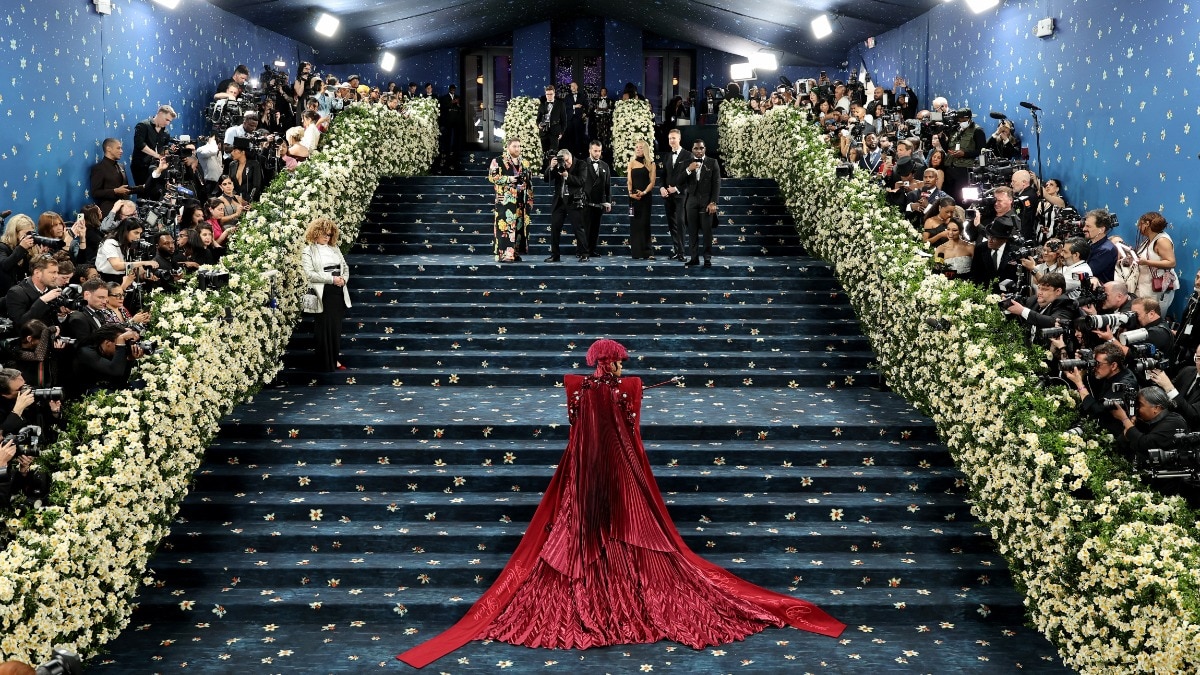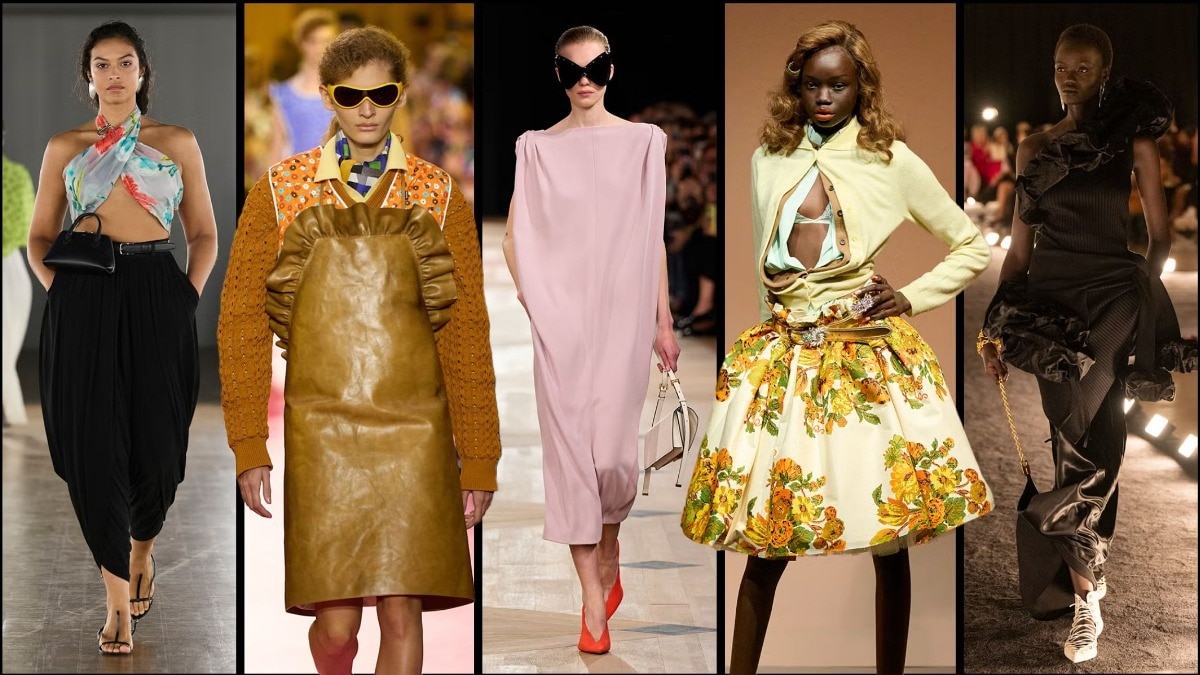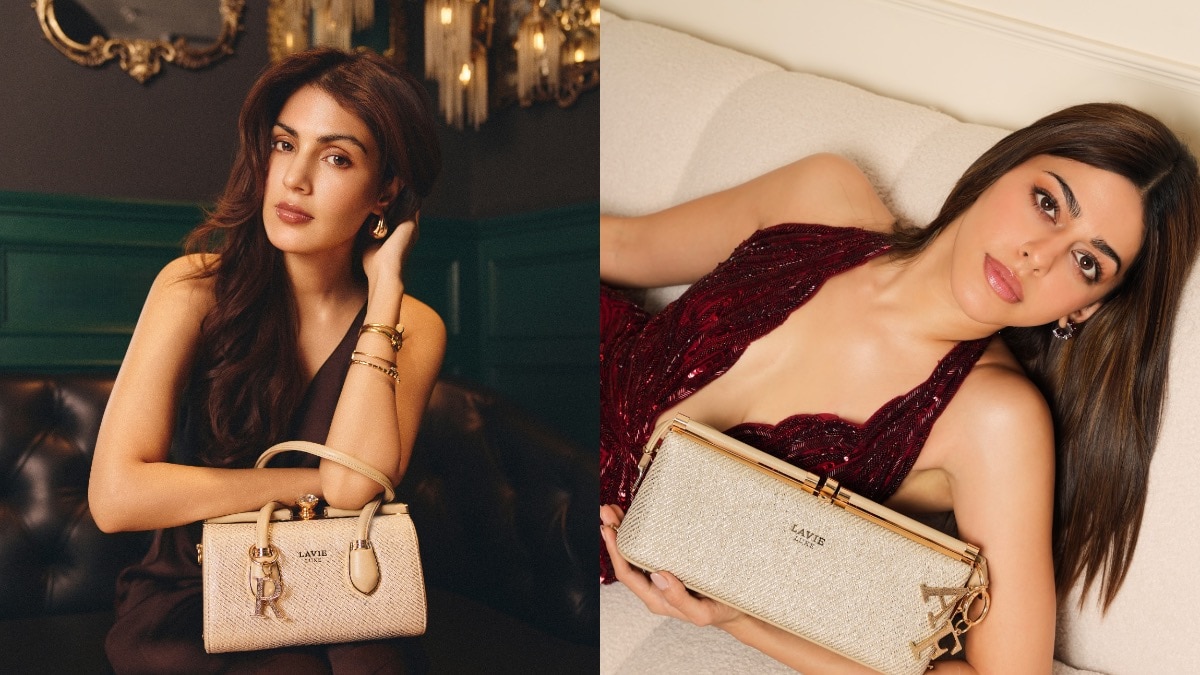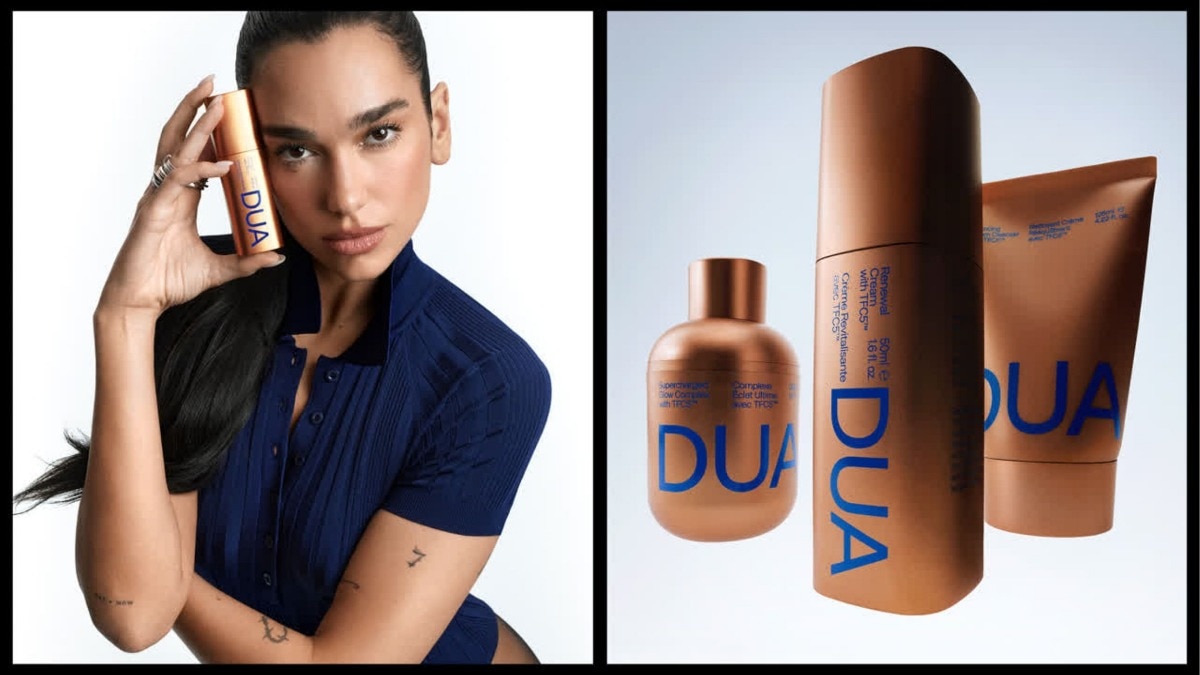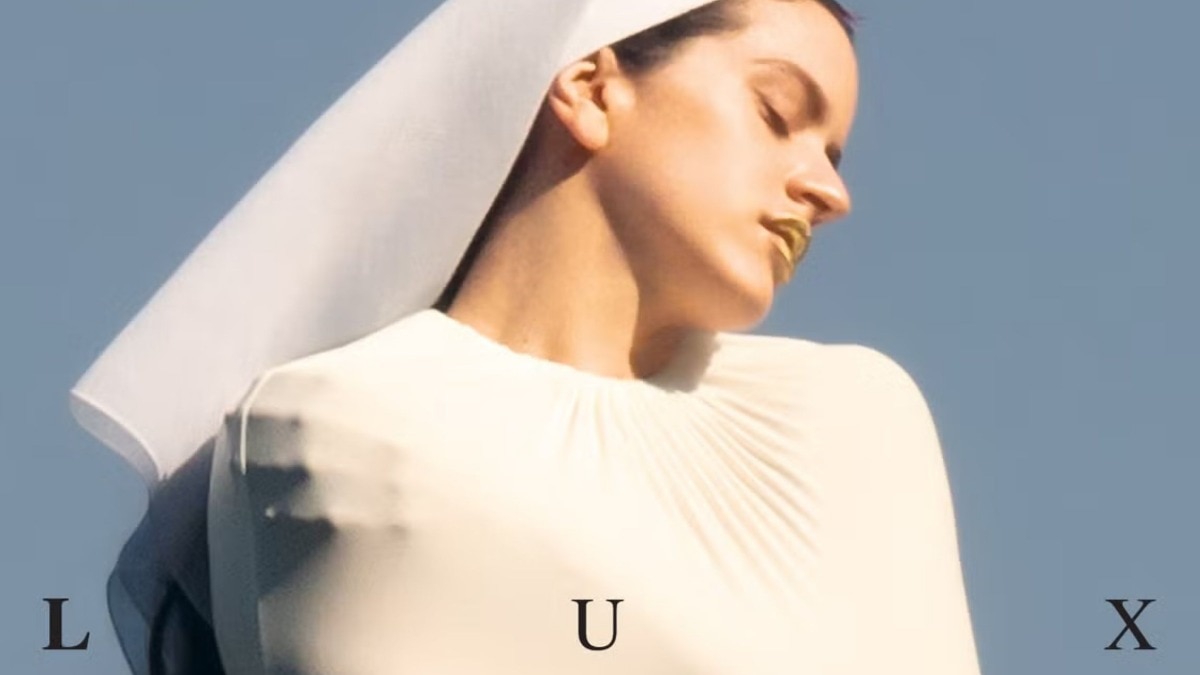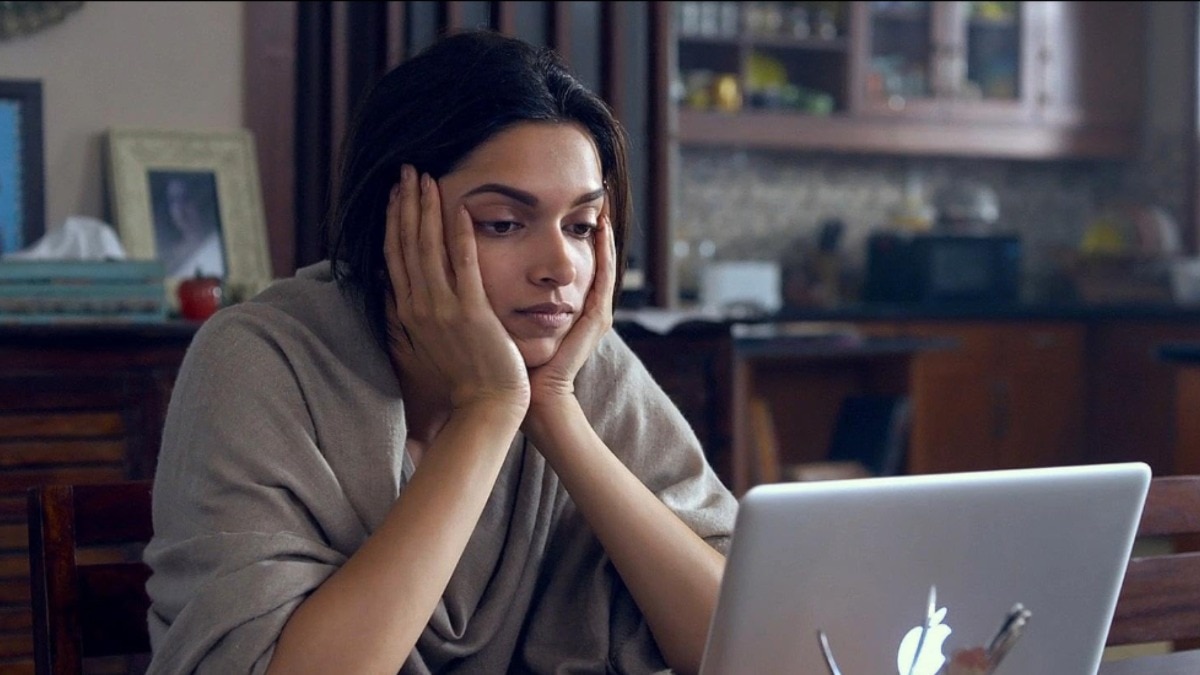Ten iconic intersections between fashion and literature
As screen fatigue rises, designers are embracing slowness, storytelling, and the irresistible allure of the printed page. Literature, after all, is fashion’s favourite muse!


A particular kind of woman’s been ruling the moodboards lately—the one carrying a tote stuffed with a dog-eared paperback, lip gloss, and maybe even a receipt from a vintage bookstore. Call her the lit-girl, the book-toting romantic, the intellectual it-girl.
But the real plot twist? For once, fashion isn’t parodying her—it’s chasing her. Over the past few years, fashion has begun treating literature as something more than a decorative motif… as a cultural partner. Novelists are being commissioned the way photographers once were. Runways have turned into reading rooms. Designers are quoting Mary Shelley and Edgar Allan Poe the way they once referenced Helmut Newton.
Some of this is aesthetic, of course. The Tumblr-era dreaminess of dog-eared Sontag paperbacks, the lace-trimmed gothic heroine who lives inside Wuthering Heights, the sleek metropolitan reader with a Penguin Classic in her leather tote. But it’s also something deeper: a reaction to the infinite doomscroll era.
People are exhausted. Slowing down feels luxurious. And reading (tangible, analogue, almost rebellious in its stillness) has become the new form of self-curation. Fashion, ever attuned to cultural shifts, is capitalising on this literary revival with a seriousness that feels new. The result is a wave of collections, shows, and collaborations that don’t just “reference” books—they build entire worlds around them.
Celebrities are fuelling the energy too. Alia Bhatt is recommending books like they’re accessories. Dua Lipa’s running the most stylish digital book club on earth. Kendall Jenner was photographed with a copy of The Outsider. Sarah Jessica Parker’s often spotted combing through New York’s indie bookstores. Even Jacob Elordi was wheeling through airports carrying Joan Didion.
In India, the lit-girl renaissance is happening IRL: Delhi’s city-girls swinging by Fariq Chand Bookstore in Khan Market, and labels like Shop Lune running charming book clubs. In 2025, the chicest accessory might genuinely be a novel. Not because it photographs well. But because it means something. And in a landscape obsessed with speed, virality, and “what’s next,” that meaning is perhaps the most luxurious thing of all. Below is a curated list of ten iconic intersections of fashion and literature. Moments where designers didn’t just borrow from books, but let literature shape the result of their imagination.
The Prada x Ottessa Moshfegh campaign
Prada has always been a thinker’s luxury house—cerebral, slightly aloof, drawn to ideas over decoration. So when the maison commissioned novelist Ottessa Moshfegh (of My Year of Rest and Relaxation fame) to write ten original short stories inspired by its Spring/Summer 2025 campaign, it felt like a logical evolution of its identity. These weren’t marketing blurbs disguised as prose; they were fully realised micro-fictions weaving Prada’s characters, moods, and silhouettes into atmospheric narratives. Prada didn’t just reference a writer—it handed her the keys to the brand’s visual universe.
Saint Laurent’s Rive Droite bookstore
Under Anthony Vaccarello, Saint Laurent has expanded into cultural production with a precision that mirrors its tailoring. At Rive Droite, the brand’s Parisian outpost, books aren’t props used by performative males—they’re inventory. Rare photography monographs, art titles, literary reprints, limited-edition zines, and collaborations with filmmakers sit alongside the house’s lifestyle collections. Saint Laurent positions itself not just as a fashion house, but as a patron of print, which sees buying a coffee-table book as an act of luxury.
Chanel’s modern literary salons
Gabrielle Chanel famously surrounded herself with writers (like Colette, Jean Cocteau, Pierre Reverdy), so it feels fitting that the modern house has revived this legacy in the form of Les Rendez-vous Litteraires, a series of salons hosted by Charlotte Casiraghi. These are intimate gatherings, with contemporary women authors like Leila Slimani or Sarah Chiche in conversation with actors, musicians, and thinkers. If the early 20th-century literary salon was a place for rebellion and exchange, Chanel’s version reframes it as an intellectual extension of luxury. A fashion house giving space to ideas, and not just clothes, almost feels revolutionary.
Dior x T.S. Eliot
In 2018, Kim Jones incorporated a reading of TS Eliot’s The Wasteland into a Dior Men show. He did so literally, by having the poem voiced aloud as models walked. Eliot’s fragmented, modernist melancholy became the show’s sonic wallpaper. The garments featuring soft tailoring, muted greys, and experimental knits mirrored that emotional landscape. The choice felt almost defiant: an insistence that fashion can handle complexity, that poetry can anchor menswear without sacrificing swagger.
Anna Sui’s rare book room
For her Autumn/Winter 2024 show, Anna Sui staged the runway inside The Strand’s Rare Book Room in New York. It wasn’t merely a location decision; it was thematic. Her collection referenced Agatha Christie’s Miss Marple, the gentle-but-sharp detective, mixed with the introspective femininity of Virginia Woolf. Models drifted between library shelves, wearing tea-rose prints, Edwardian collars, and textured knits in a setting that felt like a character all its own. It was the rare runway where the room– the paper, the shelves, the dust of history– was as much a part of the story as the clothes.
Thom Browne x Edgar Allan Poe
Thom Browne is no stranger to high drama, but his Fall/Winter 2024–25 collection reached new theatrical heights when an actress opened the show by performing Edgar Allan Poe’s The Raven. The poem’s paranoia and darkness seeped into every element, from the stark palette to the sculptural silhouettes to the eerie, ritualistic pacing of the models. Browne didn’t just quote literature; he staged it, treating the poem as a living script. It was fashion as theatre, theatre as literature, and literature as costume– a perfect loop.
Miu Miu’s geek-chic vibe
Miu Miu has become fashion’s most convincing champion of the bookish aesthetic. Recent collections leaned into librarian cardigans, wrinkled shirting, kilt skirts, and practical flats. Styling cues referenced study rooms and campus life, with models carrying folders, worn leather satchels, and the energy of someone mid-deadline. It’s less costume, more character study: Miu Miu recasts curiosity, intellect, and quiet ambition as luxury, positioning the modern reader (messy bun, annotated paperback, and all) as the new style muse.
Alexander McQueen’s runway fairy tale
For Autumn/Winter 2008, Alexander McQueen created an entire narrative: a girl living in a tree who travels to a magical kingdom. Inspired by a real tree in his garden and his love for ancient British folklore, the collection unfolded like a storybook: dark, romantic, and otherworldly. There were brocades, antler-like headpieces, crimson gowns, and mystical, forest-dwelling silhouettes. It wasn’t a literary reference in the traditional sense, but a reminder that McQueen himself was a storyteller and that couture can read like an epic.
Valentino and the Booker Prize
In 2024, Valentino became the official partner of the International Booker Prize—a collaboration that signalled something deeper than marketing alignment. It was the Maison openly supporting contemporary literature on a global stage, positioning storytelling as part of the brand’s cultural lexicon. Valentino wasn’t referencing a specific book– it was supporting the act of reading itself.
Gaurav Gupta’s spoken-word runway
For his Paris Haute Couture comeback, Gaurav Gupta did something few designers anywhere dare: he opened the show with a live spoken-word recital performed by his partner, Navkirat Sodhi. Her voice unfurled a poem about creation, cosmic energy, and feminine force as models walked in sculptural, aerodynamic couture that looked almost handwritten in the air. The recital became the show’s emotional spine, transforming Gupta’s spiralling silhouettes into a kind of three-dimensional poetry. Instead of referencing a specific book, Gupta tapped into literature as experience; the way words can spark movement, breath, and texture.
Lead image: Getty Images

